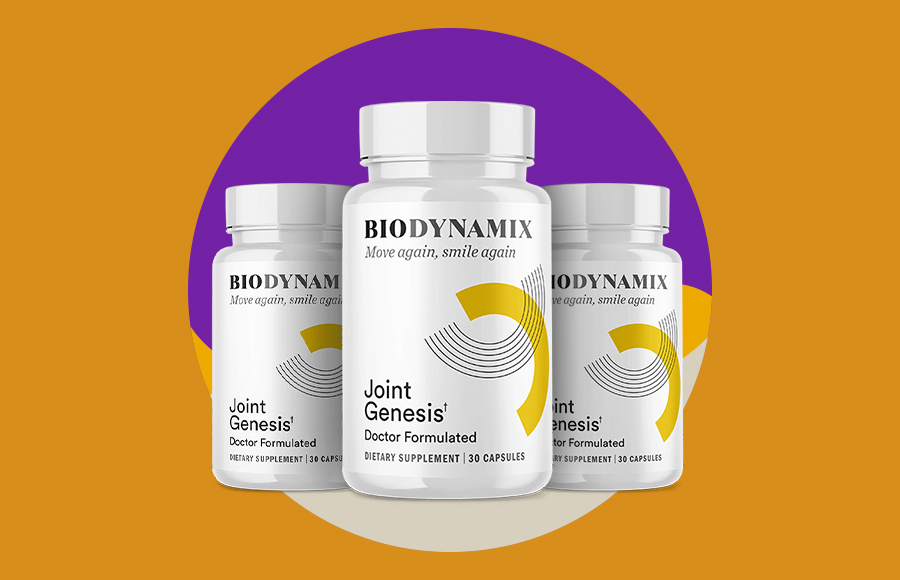
From lingering backaches to post-workout soreness, pain is something most of us live with—but don’t always want to medicate. While over-the-counter painkillers like ibuprofen or acetaminophen offer quick relief, concerns about long-term side effects have led many people to search for natural alternatives. One plant getting increasing attention? Kratom. Long used in Southeast Asia for its analgesic properties, Kratom is now gaining traction in the U.S. as a potential herbal solution for managing pain without harsh chemicals.
The Problems with Traditional Painkillers
Short-term relief, long-term risks
NSAIDs (non-steroidal anti-inflammatory drugs) like ibuprofen and naproxen are commonly used to manage everyday pain. But regular use can lead to gastrointestinal issues, liver strain, and increased risk of heart problems. Acetaminophen, while easier on the stomach, can be toxic to the liver when overused.
Opioids and the risk of dependency
Prescription painkillers such as oxycodone or hydrocodone are effective—but dangerously addictive. The opioid epidemic in the U.S. has raised alarm over their use, pushing patients and healthcare providers to seek gentler alternatives.
Masking symptoms, not treating the source
Painkillers often numb the pain without addressing its root cause. Worse, they may lead users to push through injury or inflammation without proper recovery, risking further damage.
What Is Kratom and How Does It Work?
A plant with centuries of use
Kratom (Mitragyna speciosa) is a tropical tree native to Southeast Asia. Its leaves contain natural alkaloids—most notably mitragynine and 7-hydroxymitragynine—that interact with opioid receptors in the brain, creating effects similar to pain relief, mood enhancement, and mild sedation.
How Kratom affects pain
Unlike synthetic opioids, Kratom works as a partial agonist, meaning it provides pain relief without fully activating the receptor in a way that causes dangerous respiratory depression. This makes it an appealing alternative for those seeking natural pain management.
Delivery forms
Kratom is available in several formats:
-
Powdered leaf (most versatile)
-
Capsules (easy to dose)
-
Extracts (higher potency)
-
Crushed leaf or tea (traditional method)
Best Kratom Strains for Pain Relief
Not all Kratom strains are created equal. When it comes to pain relief, Red strains are often considered the most effective due to their alkaloid profile.
Red Bali Kratom
-
Known for strong pain-relieving and sedative effects
-
Popular among those with chronic back or joint pain
-
Often described as smooth, calming, and long-lasting
Red Maeng Da Kratom
-
One of the most potent strains available
-
Offers powerful analgesic effects with a mild energy boost
-
Good for people balancing pain relief with productivity
Red Borneo Kratom
-
Milder than Maeng Da but still effective
-
Great for evening use or for those new to Kratom
-
Helps with muscle soreness, headaches, and general tension
???? Looking for trusted sources? Authentic Kratom offers lab-tested Red Kratom strains sourced directly from Southeast Asia for maximum potency and purity.
Is Kratom Safe? What You Need to Know
It’s natural—but not without caution
Kratom is a plant, but it still affects the body’s neurochemistry. Most users tolerate it well, but side effects may include:
-
Nausea (especially with high doses)
-
Constipation
-
Drowsiness
-
Tolerance with overuse
Start low, go slow
Beginners should start with 1–2 grams to assess tolerance. Most pain relief users find their effective dose in the 2–5 gram range. More is not always better, and rotating strains is recommended to avoid dependence.
Watch for purity and sourcing
Since Kratom isn’t FDA-regulated, always buy from reputable vendors. Authentic Kratom is known for third-party testing, transparent sourcing, and a wide range of strain options—making it a reliable starting point for new users.
When and How to Use Kratom for Pain Relief
Ideal use cases
-
Chronic joint or muscle pain
-
Post-exercise soreness
-
Menstrual cramps
-
Tension headaches or migraines
-
Pain flare-ups related to inflammation
Best practices
-
Take Kratom on an empty stomach for faster onset
-
Use capsules or tea in the morning or midday for daytime relief
-
Try powder mixed with juice or a smoothie for fast absorption
How long does it take to work?
Most users feel effects within 20–40 minutes, lasting up to 4–6 hours, depending on the strain and dosage.
Kratom vs. CBD vs. Pain Pills: How Do They Compare?
| Feature | Kratom | CBD | Pain Pills | ||
| Natural origin | ✅ Plant-based | ✅ Plant-based | ❌ Synthetic | ||
| Pain relief | ✅ Moderate to strong | ⚠️ Mild to moderate | ✅ Strong (but risky) | ||
| Risk of addiction | ⚠️ Low to moderate (with overuse) | ❌ None | ❌ High (especially opioids) | ||
| Fast-acting | ✅ Within 30 min |
|
✅ Within 30 min |
Conclusion
Kratom isn't a magic bullet—but for many, it’s a powerful, plant-based tool for managing pain naturally. Whether you're recovering from a tough workout, dealing with chronic discomfort, or just want to avoid pharmaceutical dependence, Kratom offers an accessible alternative worth exploring.
If you're curious to try, explore Authentic Kratom’s Red Strains for safe, lab-tested, and effective options.

.png)






